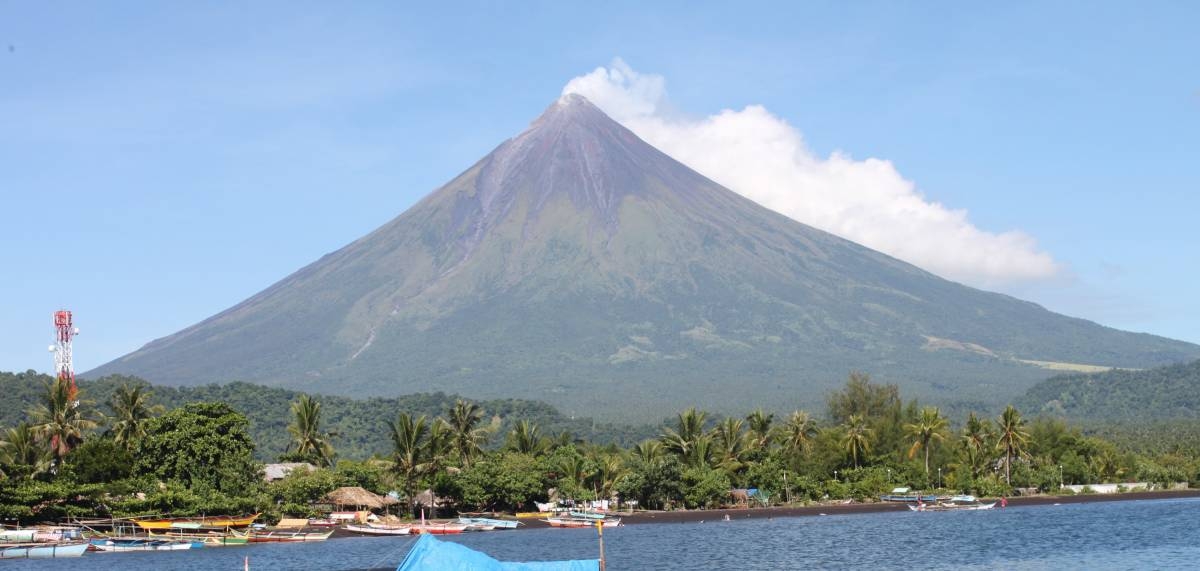MANILA, Philippines: The Philippine Institute of Volcanology and Seismology (Phivolcs) announced on Friday that the alert status of Mayon Volcano in Albay province has been downgraded to Level 2, following weeks of a general decline in unrest.
According to Phivolcs Director Teresito Bacolcol, the volcano’s monitoring network and daily observations have shown a decrease in unrest since last month. As a result, Phivolcs has lowered the alert status from Level 3, which indicates a tendency towards a hazardous eruption, to Level 2, indicating a moderate level of unrest.
Phivolcs reported that volcanic earthquakes, generated by magma extrusion, degassing, and occasional rock-fracturing beneath the volcano, have decreased from an average of 11 events per day last month to nearly zero events per day in the first week of December.
Additionally, recorded rockfall and pyroclastic density currents (PDCs) have significantly decreased from monthly averages of 122 to 87 events per day and five to two events per day, respectively, between October and November 2023, to virtually zero events per day in the first week of December.
“These decreases indicate that the supply of magma to the summit crater has significantly diminished, resulting in the cessation of lava effusion from the crater and lava collapse-driven rockfall and PDC activity,” explained Bacolcol.
Visual and camera monitoring of the volcano’s edifice has also recorded a decrease in incandescence of its summit crater and lava flow deposits since the last week of November.
Regarding ground deformation and microgravity parameters, Bacolcol stated that there were indications of a decrease in pressurization of the Mayon volcano in the past month. However, he emphasized that the edifice remains generally pressurized (inflated) due to magma intrusion that has been occurring since the onset of unrest in June 2023.
Phivolcs reported that sulfur dioxide (SO2) gas emission from Mayon volcano peaked at an average of 4,756 tons per day on August 16, 2023, and has been decreasing and increasing in cycles of generally lessened peaks since then.
The overall decrease in SO2 emission indicates a diminishing volcanic gas release from the exposed lava on the crater and slopes of Mayon, as well as from the magma stored within the volcano, according to the agency.
However, Bacolcol cautioned that the lowering of the alert status should not be interpreted as a sign that the volcano’s unrest has ceased. The edifice of the volcano is still inflated, and SO2 emission remains high relative to baseline levels.
“The public is strongly advised to be vigilant and avoid entering the six-kilometer-radius Permanent Danger Zone to minimize the risks from sudden explosions, rockfalls, and landslides,” he warned.
While the downgrade in alert status provides some relief, it is crucial for residents and visitors to remain cautious and follow the guidance of local authorities to ensure their safety.







